Maybe keep the vintage silver plate in the cabinet this holiday season? Barker-Ellis vintage silver plate wine charger with “England” and menorah mark: 9,450 ppm Lead (90 & up is unsafe) + 1,103 ppm Mercury (Mercury!)
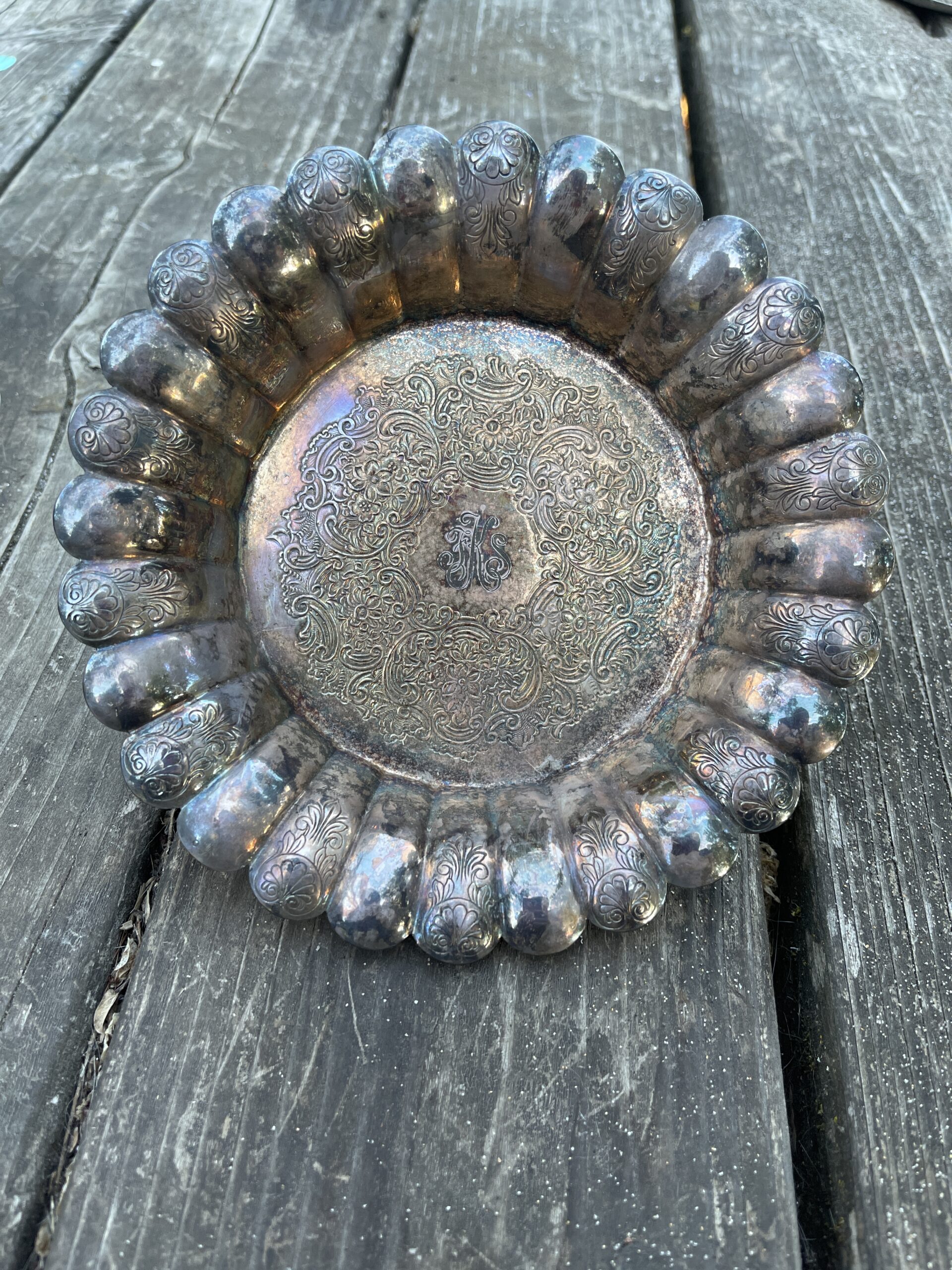
Introduction:
Tamara Rubin is a Federal award winning independent advocate for consumer goods safety and childhood Lead poisoning prevention. She is also a mother of Lead-poisoned children. She began testing consumer goods for toxicants in 2009, and was the parent-advocate responsible for finding Lead in the popular fidget spinner toys in 2017. She uses XRF testing (a scientific method used by the Consumer Product Safety Commission) to test consumer goods for metallic toxicants (including Lead, Cadmium, Mercury and Arsenic). To read more about the testing methodology employed for the test results reported on this blog, please click this link.
A short (2-minute) video, discussing this item
September 6, 2021 – Monday
XRF test results for vintage silver plate wine charger
Result Set #1) “food surface” of the dish
60-second test
- Lead (Pb): 6,652 +/- 160 ppm
- Cadmium (Cd): non-detect
- Mercury (Hg): 1,103 +/- 101 ppm
- Bromine (Br): non-detect
- Chromium (Cr): 558 +/- 220 ppm
- Vanadium (V): 2,037 +/- 390 ppm
- Iron (Fe): 515 +/- 139 ppm
- Nickel (Ni): 567 +/- 153 ppm
- Copper (Cu): 560,300 +/- 700 ppm
- Zinc (Zn): 1,492 +/- 116 ppm
- Titanium (Ti): 2,032 +/- 633 ppm
- Molybdenum (Mo): 1,335 +/- 57 ppm
- Silver (Ag): 421,900 +/- 800 ppm
- Barium (Ba): 418 +/- 173 ppm
- Platinum (Pt): 554 +/- 160 ppm
- Gold (Au): 543 +/- 121 ppm
Result Set #2) bottom / underside of the dish
60-second test
- Lead (Pb): 9,450 +/- 161 ppm
- Cadmium (Cd): non-detect
- Mercury (Hg): 479 +/- 72 ppm
- Bromine (Br): non-detect
- Chromium (Cr): 1,575 +/- 468 ppm
- Vanadium (V): 5,518 +/- 785 ppm
- Manganese (Mn): 969 +/- 334 ppm
- Iron (Fe): 769 +/- 270 ppm
- Cobalt (Co): 369 +/- 138 ppm
- Nickel (Ni): 820 +/- 255 ppm
- Copper (Cu): 148,300 +/- 700 ppm
- Zinc (Zn): 945 +/- 89 ppm
- Titanium (Ti): 4,193 +/- 1,280 ppm
- Molybdenum (Mo): 981 +/- 41 ppm
- Silver (Ag): 824,700 +/- 1,700 ppm
- Barium (Ba): 467 +/- 264 ppm
- Platinum (Pt): 199 +/- 130 ppm
- Gold (Au): 321 +/- 97 ppm
Note: The menorah mark probably dates back to around 1912 through the1940’s. Pieces with the word “England” were made in the United States. [Source Link]
How much Lead is too much Lead?
…including some “Fun Facts”:
- Newly-manufactured items (made today) are considered unsafe for children to use if they are finished with any paint or coating that is 90 ppm Lead or higher. The silver plating of this item would be considered the coating. The XRF generally is reading the coating levels, especially on metal substrates.
- Substrates in modern items manufactured today and intended for use by children that test positive for 100 ppm Lead (or higher) are considered unsafe for children. The base metal of an item like this (which appears to be primarily copper based on the readings) would be considered the substrate.
- There is currently no regulatory standard setting limits for Lead in paint or coatings on modern consumer goods intended for use by adults (this includes dishware, tableware, and any other items not specifically marked as being intended for use by children.)
- For Context: When Lead-based paint was banned in 1978, the requirement was that paint for residential use applications only (paint for houses, applied in areas that could be reached by children) must henceforth contain less than 600 ppm Lead.The coating on this wine charger tested more than 15 times higher than this 1978 limit.
- The allowable level of Lead in house paint was subsequently lowered, and today modern house paint must also be below 90 ppm Lead [and most house paints now usually test completely negativefor Lead]. This charger tested positive for Lead levels over 100 times that level.
- Because this is a piece of decorative tableware, and because tableware / decor is not considered to be “intended for use by kids” – if this item were newly manufactured today it would be considered perfectly legal and safe with this level of Lead.
- Separately vintage items of this sort were also not regulated for total (XRF detectable) Lead content at the time of manufacture – and TODAY there are no regulatory standards (or disclosure requirements) for resale of vintage items like this (even items that may contain high levels of toxic heavy metals like Lead and Mercury).
- It takes a microscopic amount of Lead to poison a human being.
- All federal agencies agree that there is no safe level of Lead exposure.
- Most important: Children OFTEN play with items on the holiday table or on Grandma’s shelves. Younger children OFTEN chew or suck tableware items that they can reach and grab (especially smaller items like this wine charger and similar small decorative tableware items like salt and pepper shakers, egg cups, etc.) It is for this reason I consider this wine charger to have unsafe levels of Lead. It is a potential danger to children (regardless of whether or not is potentially dangerous to the adults using it.)
- There is no public entity evaluating vintage items like this for safety (for use in the home and with meals) and, as such (in the absence of scientific testing confirming it might be safe & with the knowledge the item tests positive for multiple toxic heavy metals at levels that would be considered unsafe in modern items intended for use by children today), I recommend avoiding vintage kitchenware and tableware and holiday decor even for special occasion use.
Some additional reading that might be of interest:
- The post discussing why it is an issue if kitchenware or tableware tests positive for Lead (in the absence of leach testing.)
- The post discussing the testing methodology used on this website
- Post discussing how to send in an item for testing
- Things that you can test at home with a reactive agent home test kit (like LeadCheck swabs.)
- Things that might be better tested with an XRF instrument.
Thanks for reading. Thank you for sharing my posts. As always, please let me know if you have any questions and I will do my best to answer them personally as soon as I have a moment (which may not be right away – but I will try!)
Tamara Rubin
#LeadSafeMama
Amazon links are affiliate links. If you purchase something after clicking on one of my links I may receive a percentage of what you spend – at no extra cost to you.

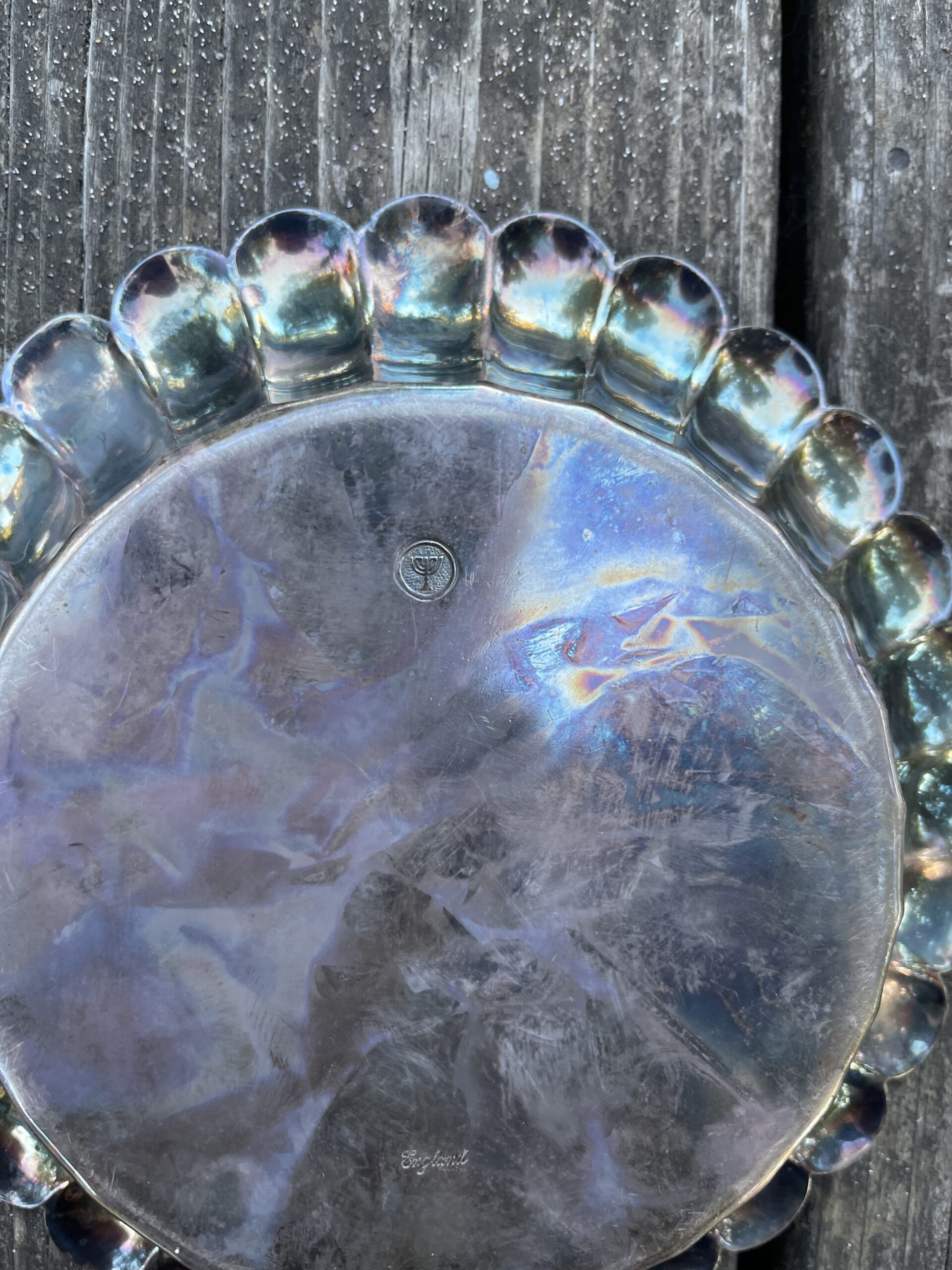
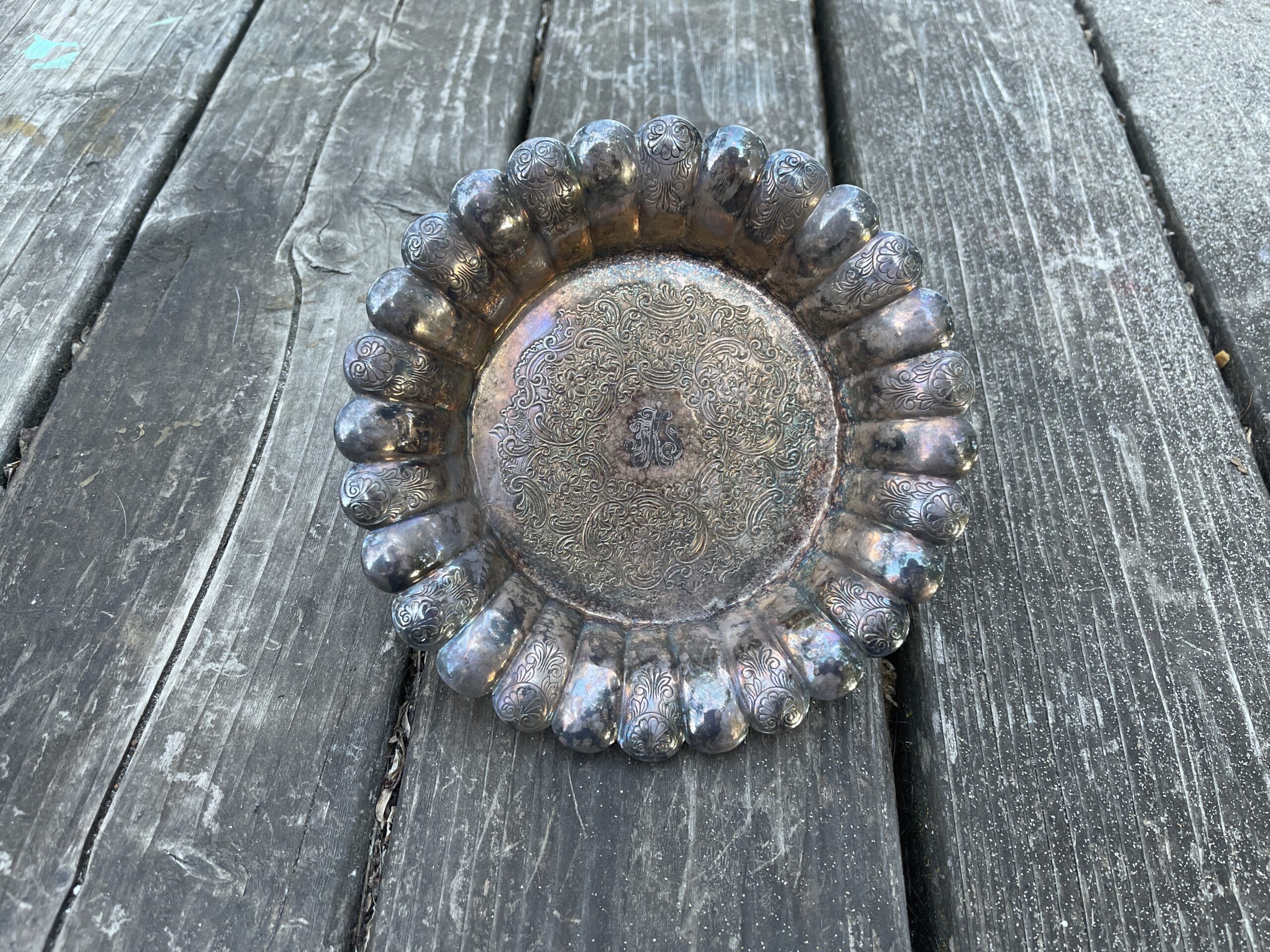
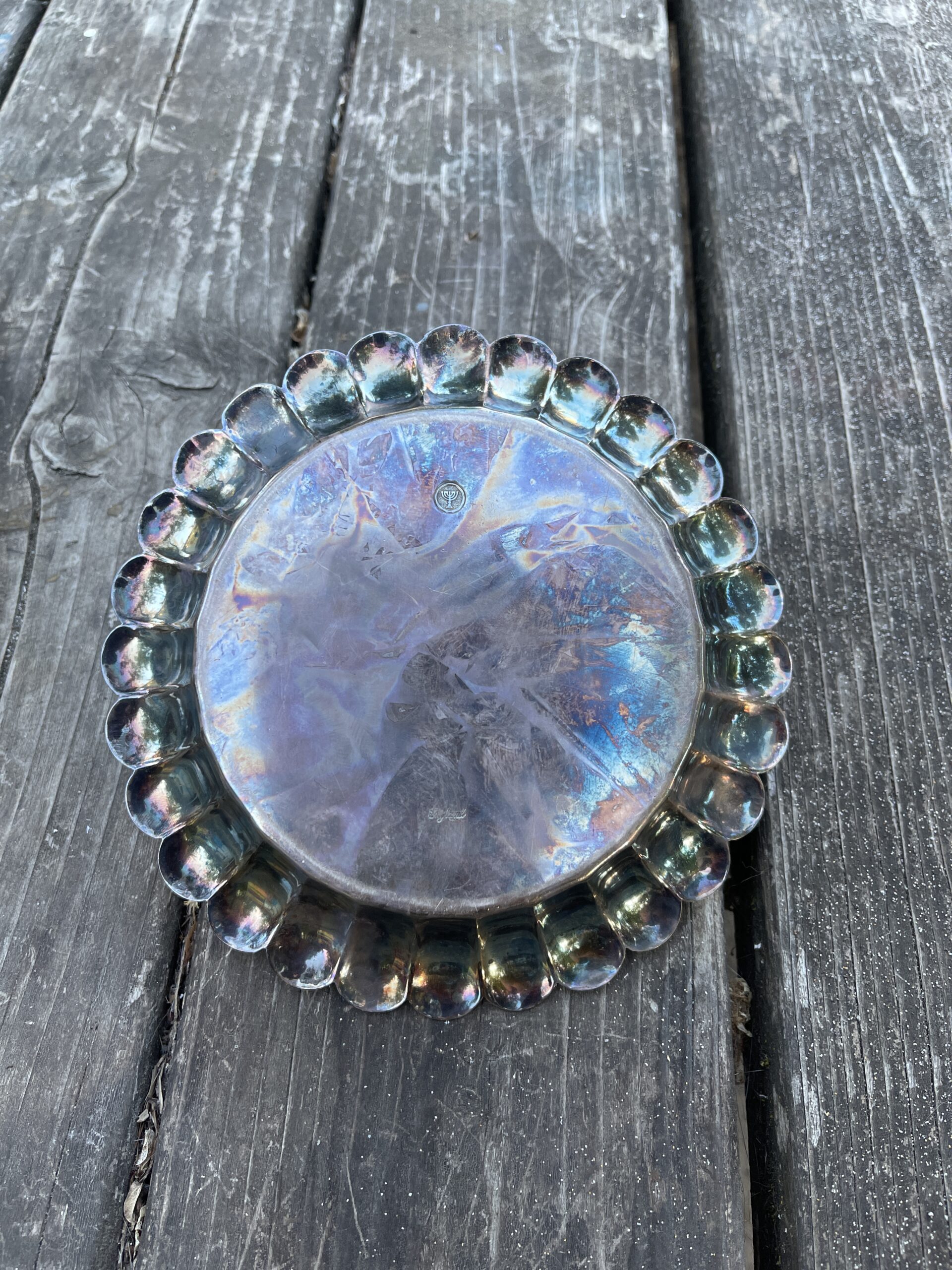
Never Miss an Important Article Again!
Join our Email List


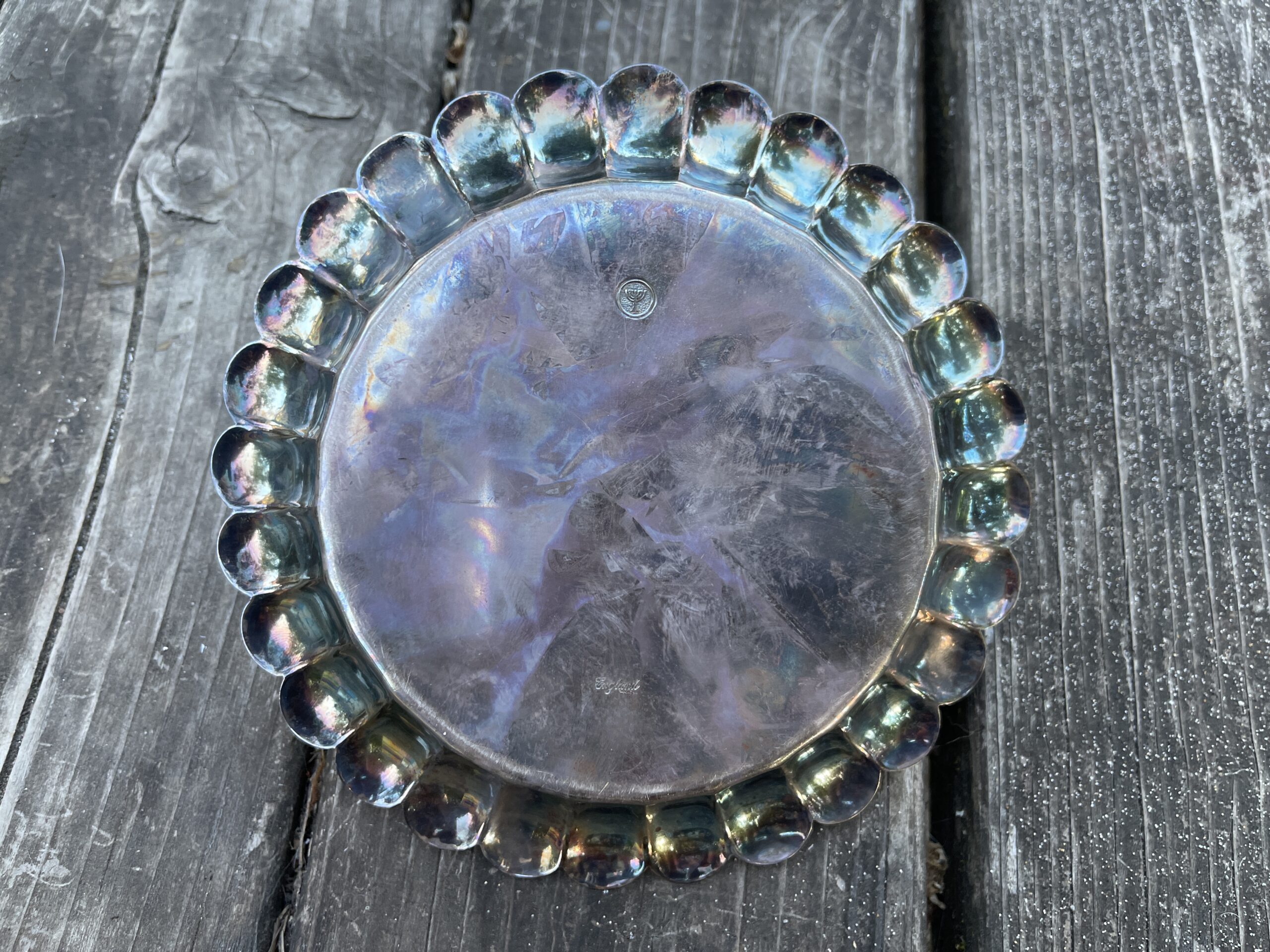

Deeeeeeevaaaaaaastated! We have several silver items and glass/crystal(?) that were my grandma’s. Oh my gosh, I guess this means I’ll never get to use them for when I get my life together (exhausted w/littles) and host holidays. Thank you for sharing. Glad to know.
Do you think these heavy metals are coming from the soldering (spelling)? Or is this inside the silver itself.? Oh my gosh…why in the world did they use mercury? This is so upsetting.
Hi! I recently inherited a silver hospitality tray from my grandmother, who got it from Doehler-Jarvis Division, NL Industries in her hometown, Granite City, Il. Circa 1950s. I was excited about it until I saw the bottom of the tray says “National Lead Company.” Yeah, definitely not gonna fill that with nuts for the holiday, lol. Anyway, I really enjoyed your article and appreciate you taking the effort to test these things. Most people have no idea what lurks in common consumer goods.
Thank you commenting Sarah!
OMGosh! I would love that for my collection of Leaded things (if you ever decide it is something you want to part with.) I am collecting a storage unit full of things with Lead to include in a traveling science museum exhibit I am working on. Let me know if you decide to part with it. My email address is TamaraRubin@mac.com
Have a great holiday season!
Tamara
Hi there, thanks so much for the post, I recently bought a set of vintage silver plated tea set, in the bottom it says Malboro plate copper lead mounts, I did not pay attention to this before cleaning these using the aluminum foil matted dish and baking soda method, they were really dirty and lots of tarnish, the bowls I used to soak these in were my everyday dishes but covered with tin foil, but the solution still got onto the bowls a bit, I washed them three times in the dish washer, am I safe to use these now (meaning my regular dishes not the silver plate ones), does lead mounts in silver plate dishes mean they leach lead?
Wow – that’s a good questions.
I would give your regular dishes and extra scrub with an abrasive sponge and very slippery (conventional / with surfactants) dish liquid.
That’s probably the best you can do.
T
Thanks for your tip Tamara! I will do that.